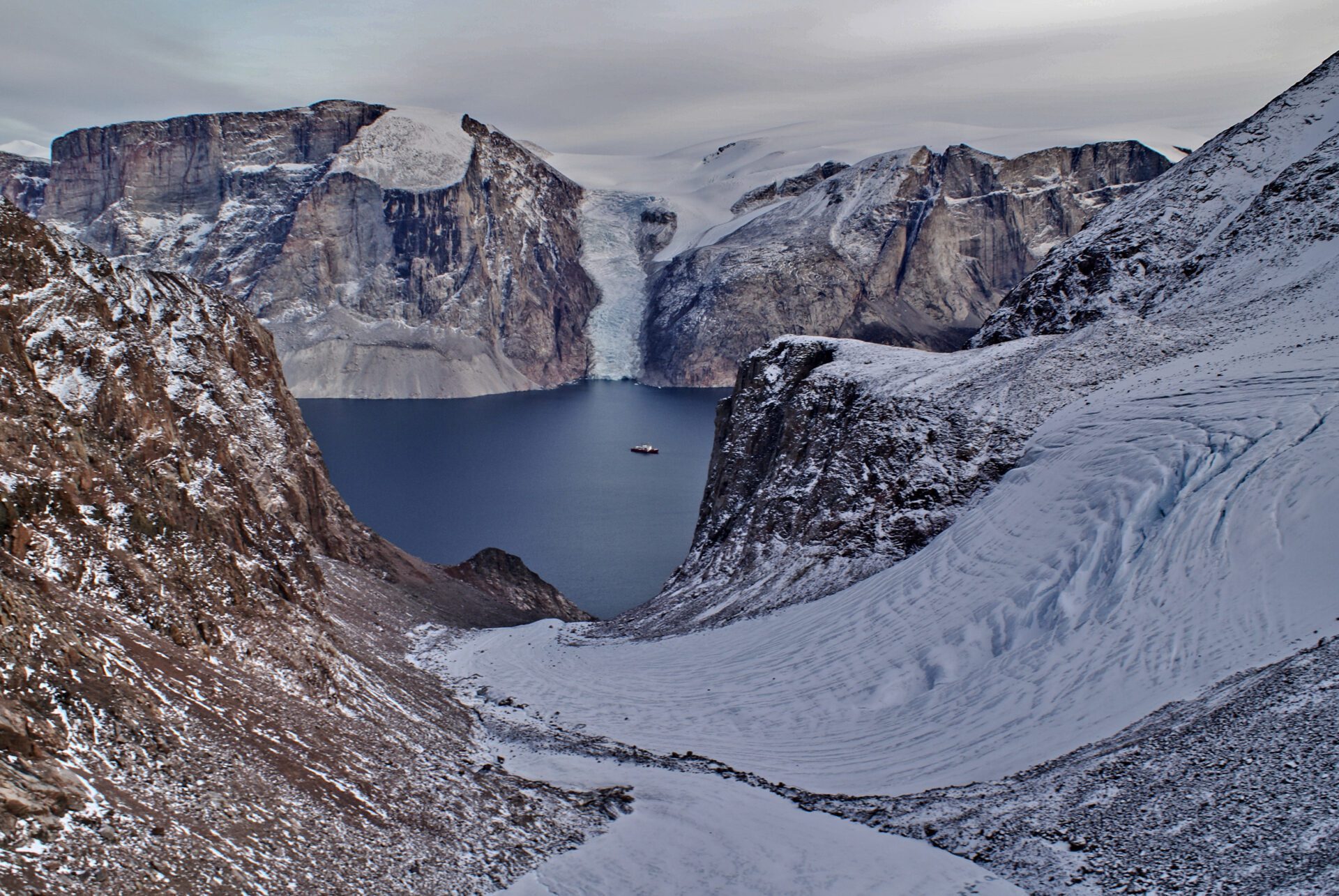Glaciers, known as tidewater glaciers, are rooted in the ocean and have a great potential impact on the marine environment in which they are immersed. While tidewater glaciers in the high latitudes of Arctic regions are subject to ice melt, the meltwater influences living organisms in these waters, and thus impacts the primary production of the downstream environment. A collaboration of scientists from Canadian and U.S. universities studied the impact of tidewater glaciers on marine phytoplankton community dynamics in glacierized and non-glacierized marine systems of Jones Sound, Nunavut.
More specifically, Megan E. Roberts and colleagues collected water samples aboard the CCGS Amundsen in summer 2019 and used mass spectrometry to obtain measurements of phytoplankton concentrations of the enzyme Rubisco (RbcL) at a variety of sites with variable tidal glacier influence. Thanks to these various Rubisco measurements, the scientists in this study were able to observe that bigger phytoplankton groups were more likely to be found in marine regions influenced by tidewater glaciers. This suggests that future climate scenarios may favor smaller phytoplankton groups, such as Micromonas, with consequences for food webs and the carbon cycle.



